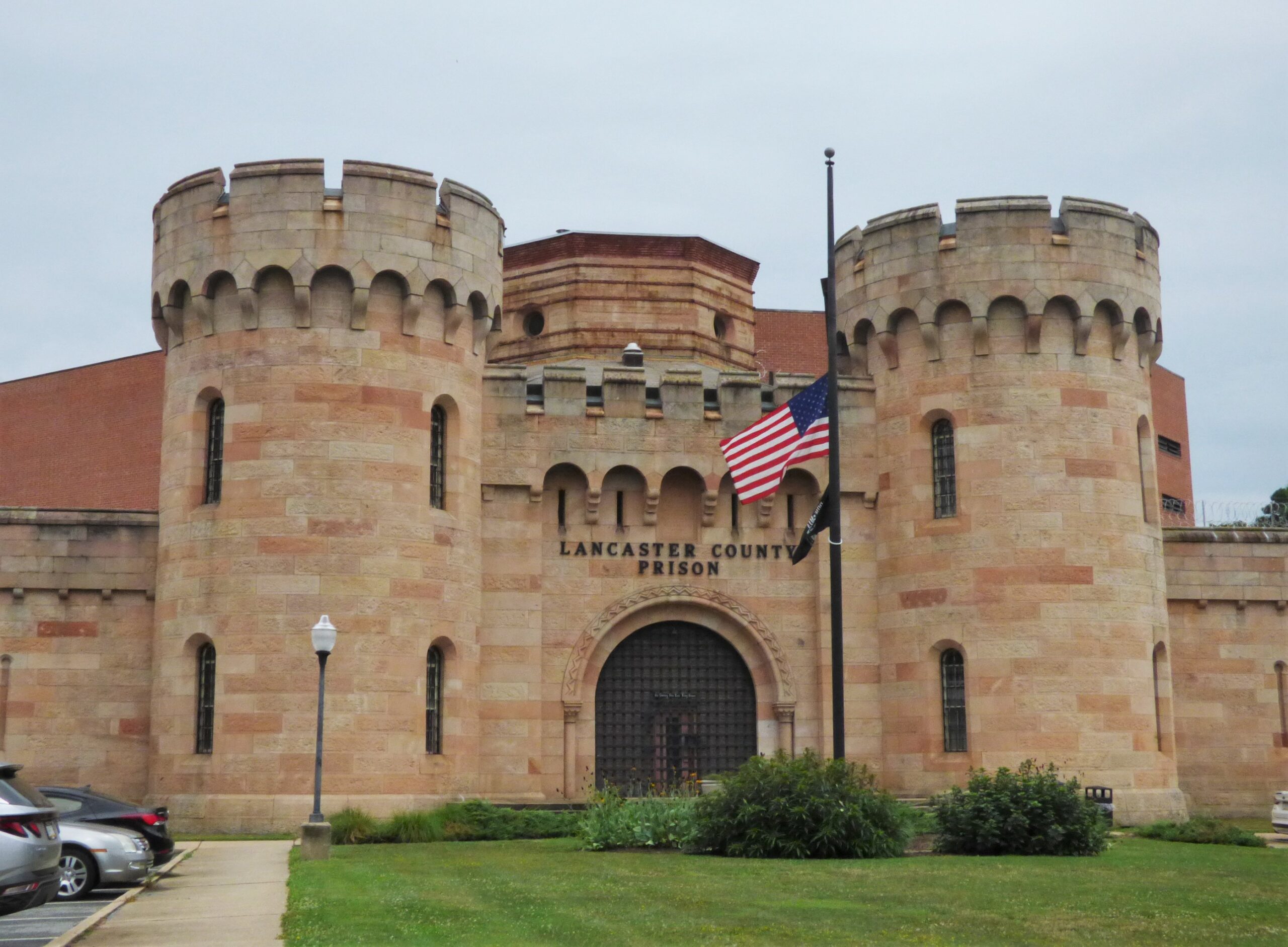Lancaster County’s efforts to reduce incarceration over the past few years are among the most successful in Pennsylvania and the U.S. as a whole, District Attorney Heather Adams said Thursday.

“We are doing good work and I think everyone needs to understand that,” Adams said during her presentation at the county’s monthly Prison Board meeting.
President Judge David Ashworth seconded Adams’ comments. Reactions to the recent correctional facility needs assessment prepared by consultant CGL revealed widespread misunderstanding “and there has been some misrepresentation,” he said, maintaining that direct involvement with the judicial system is needed to understand fully how it works.
Fundamentally, he said, judges want to keep people out of jail whenever possible, and they’ve made a lot of progress.
Adams and Ashworth were responding to issues being raised by local citizens as the county prepares to construct a new correctional facility to replace the aged County Prison on East King Street in Lancaster.
Advocates emphasize that the majority of county inmates are being held pre-trial, and contend the prison could dramatically reduce its population through cash bail reform and other changes, allowing a much smaller complex to be built than the needs assessment appears to suggest.

The County Prison’s inmate population peaked at 1,301 in 2012. Since then, it has dropped to an average of 717 as of last year. If Lancaster County were a state, that percentage decline would be the 8th largest, Adams said.
Adams made her comments in response to an email from Kent Kroehler of the group Have a Heart. Kroehler has consistently questioned the capacity projections in the needs assessment.
In the email, Kroehler cited a policy brief by The Sentencing Project that calls for more aggressive measures to reduce prison populations. It notes that U.S. inmate populations declined by 25% from 2009 to the end of 2021, citing Bureau of Justice statistics.

In Lancaster County, the comparable figure is 36.6%, Adams said: “We’re well ahead of the national statistic.”
Diversion programs allow individuals accused of low-level crime to complete treatment programs in lieu of criminal sanctions. Adams noted that the county now provides for diversion both pre-arrest, at police officers’ discretion, and at the magisterial district justice level.
The latter is just getting under way, and could have a significant impact on prison numbers, she said.
Ashworth provided a handout highlighting a dozen local decarceration programs, including treatment courts and changes in parole and probation policy.
He noted that initial bail decisions can be challenged and revisited at any point in the pretrial process. Activists have pushed for public defenders to be made available at bail hearings, and for the reasons behind bail decisions to be documented.

Kroehler thanked Adams and Ashworth for their comprehensive responses. But if all these efforts are afoot, he asked, why aren’t they reflected in the needs assessment, which projects that incarceration will steadily increase?
They are reflected in it, Ashworth said. Commissioner John Trescot agreed. The county’s decarceration efforts have in general been fully implemented and inmate headcounts have been relatively steady the past few years, he said: Start there, factor in county population increase, and it’s plausible to expect the capacity need to inch up over time.
The county’s eventual decision on the new site’s capacity will have to account for daily ebbs and flows in population, and for needs such as mental health and addiction treatment. The bottom line, Trescot said: The size discussion is ongoing, and if something changes “we’ll take it into account.”
Court actions to reduce incarceration
At Thursday’s Prison Board meeting, President Judge David Ashworth distributed a one-page handout addressing questions about incarceration and court policy.
One side lists a dozen “alternatives to incarceration” implemented in the Lancaster County Court of Common Pleas. They have all contributed to the reduction of the County Prison population from its peak in 2012, Ashworth said.
Besides the county’s three treatment courts (Drug Court, Mental Health Court, Veterans Court), they include efforts to move away from incarceration for parole and probation violations and quicker referrals to addiction treatment and behavioral health programs.
The 12th item is the panel formed in 2016 to review admissions to County Prison. Because the other reforms and programs have addressed the issues the panel was considering, it is currently inactive, but it can be reconvened at any time if the need arises, Ashworth said.
The other side of the handout outlines the results of a study of 50 county probation and parole cases. It shows that individuals who violated probation and parole terms spent an average of 26 days in prison, or 21 days if four outlier cases are excluded.
For individuals arrested on new charges while free on probation or parole, the average was 78 days. The longer length of stay, Ashworth said, stems from recent case law — specifically, a 2020 Superior Court ruling in Commonwealth v. Giliam that requires the new charge to be adjudicated before the probation or parole violation unless the defendant waives that right.







